How I became a digital innovator for heritage
Behind the Scenes, Digital, Skills | Written by: Catherine Bellamy | Friday 15 August 2025
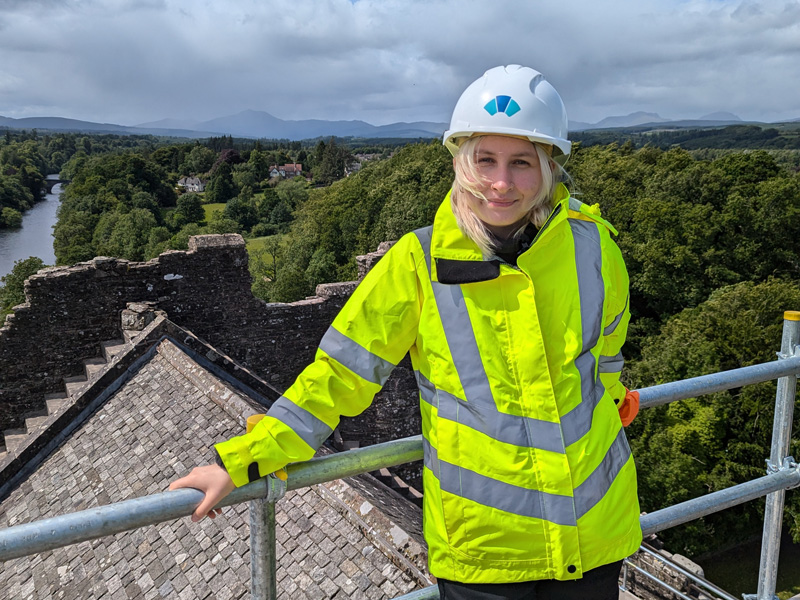
Catherine Bellamy is our Digital Innovation Trainee on a joint traineeship between Historic Environment Scotland (HES) and the National Trust for Scotland (NTS). In this blog Catherine shares insights from her early career and how she learned the skills she uses to digitally capture our heritage.
At HES, I am constantly learning new and exciting digital skills. As part of the HES Digital Documentation and Innovation Team, I am involved in the survey of historic sites, as well as the creation of 3D models for the recording and monitoring of our sites. We work with laser scanners, drones and technical pieces of software. I often wonder how I have ended up in such a unique position, within the field of digital heritage.
My eagerness to work in the heritage sector stems from a love for historic structures and the stories and narratives held within them. Now, I am very lucky to work on sites such as Stirling Castle, meet skilled traditional craftspeople and collaborate with them, all for the benefit of Scotland’s historic environment.
A 3D model of a collections piece I created for HES using photogrammetry. It is an early Medieval corner fragment with a key pattern from St Andrews Cathedral. It is likely to be the upper or lower right quadrant of a cross-slab.
Explore digital 3D modelling skills with an undergraduate degree
I am very lucky to have attended university; my undergraduate degree was Interior & Environmental Design at the University of Dundee. There, I was exposed to user-centric design-thinking, as well as 3D modelling and creating visualisations for clients. User-centric design-thinking means that any projects and conceptual designs I created were centered around how people would use them, such as designing a home for someone who loves gardening. This degree gave me the opportunity to explore my digital skills with 3D modelling, which has been a key skill in what I do now. We were taught how to use SketchUp and Autodesk 3ds Max, which are used in the interior design industry. I was creating designs for people aging in the home, nightclub remodelling and for my final project, focusing on outdoor communal spaces on the coast of Elie, Fife.
Taking part in exhibitions builds confidence
Alongside my undergraduate degree, I was lucky to be a part of V&A Dundee’s Making Room exhibition, run by ASSEMBLE. This group project exhibition explored the reproduction of historic fragments of Dundee city’s architecture, which I found to be a fascinating approach. The group was part of the V&A Dundee’s Young People’s Collective (YPC). We would capture surfaces together and independently send the data and 3D models to the team at ASSEMBLE. It was a pivotal project for me to be involved in, as I was introduced to photogrammetry for the first time, the process of creating 3D models from photographs. We explored Dundee, looking for interesting parts of buildings or other features in the city that could be reproduced life-size in a circular room at the V&A Dundee. We were taught how to take the images so that they would create a 3D model accurately. This was such an interesting experience and the models created a brilliant exhibition when all placed together.
Specialise in heritage visualisation
Following my undergraduate degree, I wanted to use my design and digital skills in a more heritage-centric way, to engage with the historic environment in a way that I could help to benefit it. I worked for a year to save up the money to pay towards a master’s degree in MSc Heritage Visualisation at the Glasgow School of Art (GSA). There I learnt more about different digital documentation technologies, such as photogrammetry and laser scanning. I created interactive applications in Unity and 3D modelling reconstructions of Kelvingrove Art Gallery & Museum. I developed my digital skills throughout my degree alongside an understanding of physical and intangible elements of heritage and culture.
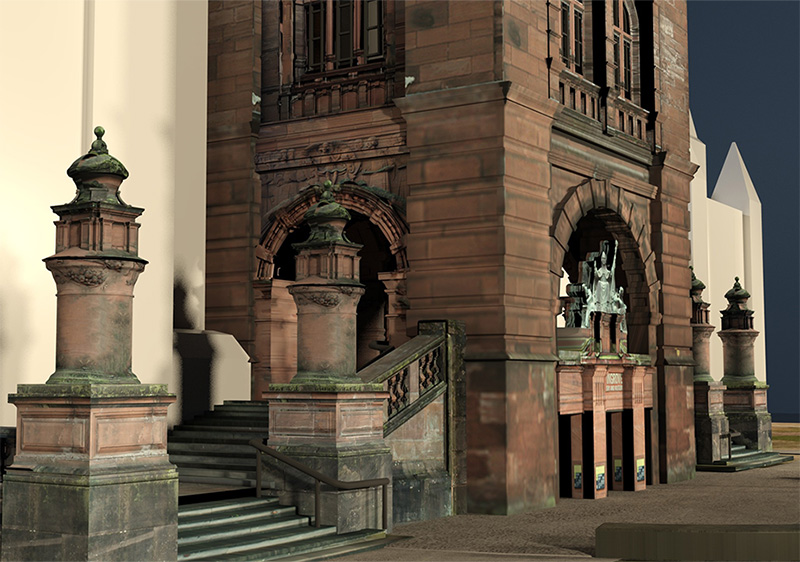
Reconstructing Kelvingrove Art Gallery and Museum, Glasgow, part of my postgraduate showcase © Catherine Bellamy.
You can practice some digital skills with free resources
Outside of university, I wanted to find ways to broaden my skills and practice elements that I found particularly interesting, such as 3D modelling and photogrammetry. Online resources and open-source software (software whose source code is made freely available for use, modification, and distribution) meant that I was able to engage with these technologies outside my learning at GSA. Software such as Blender, Unreal Engine’s RealityScan and Unity have versions which are free to use. You can check each companies’ terms and conditions for how their licensing works. These helped me practice my skills without the need for university licences.
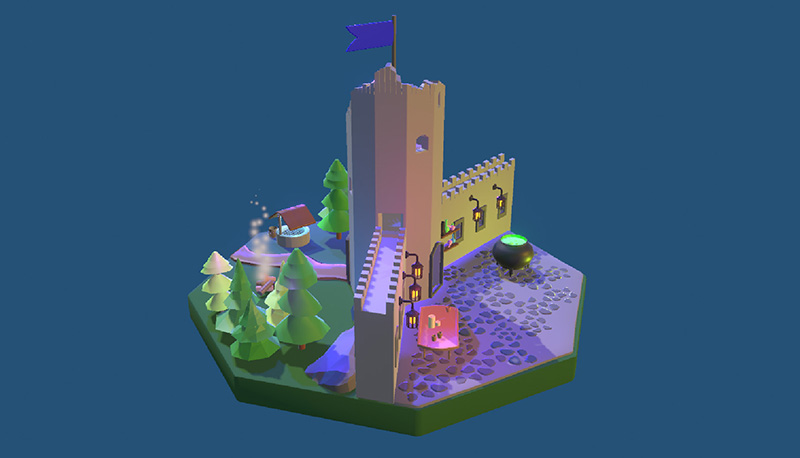
Producing an interactive diorama using Unity, C# and 3D modelling assets in 3ds Max – this was my first introduction to using Unity to code interactions and make user interfaces © Catherine Bellamy.
Volunteering on projects builds confidence
I also volunteered where I could. On an archaeological group trip, during my masters, I demonstrated on-site photogrammetry and creation of 3D models with objects the archaeological volunteers had found. The trip was led by an archaeologist who taught a group of adults with barriers to employment about different aspects of archaeology. This was a really fun opportunity and helped me develop my skills in outreach as well as demonstrating how these technologies and processes work. It is always worth reaching out to community groups or organisations that do work you are interested in and seeing if you can help out and get involved. This was a major way for me to enhance my confidence in my digital skills.
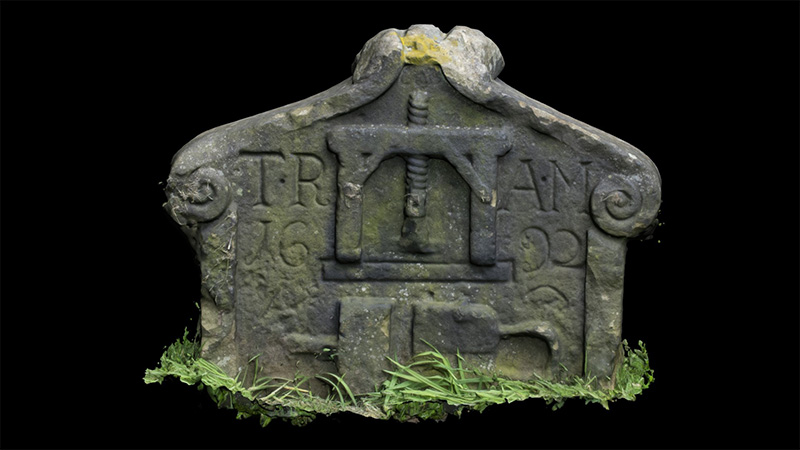
Using photogrammetry, I created this 3D model of a gravestone from Govan for my postgraduate degree. The person was a Dyester (someone who dyes or colours fabrics, or other materials) © Catherine Bellamy.
Professional recognition can help your career
My final project for my master’s degree focused on the creation of educational tools for the repair and conservation of traditional buildings in Scotland. This was done by completing a photogrammetric scan of a vernacular building, a digital replica of The Old Dubheads Smithy in Strathearn, and creating 3D prints from the datasets. This project was supported by research into Scottish vernacular buildings, and how resources could be created to support their conservation. It was clear that a large issue is often the incorrect material being used, so this was a focal point in the resources I created. The dissertation was awarded the Glasgow School of Art’s Foulis Medal, which I am very grateful for.
Update your personalised ad preferences to view content
Explore historic places virtually
At HES, I use laser scan and photogrammetric datasets to create 3D models. These are known as point clouds, a collection of three-dimensional data points representing a real-world object or environment. Many of our 3D models are available on our Sketchfab. These models support activities such as specific repair works and the daily management of more complex sites. My favourite model so far is the Dwarfie Stane 3D model, a tomb located on Orkney. I have not been able to visit Orkney yet myself, so it is very interesting to move around and explore the site remotely. As well as this, I am working with my team on the ongoing survey and digital documentation of Stirling Castle, which is a huge undertaking and has been very exciting to be a part of.
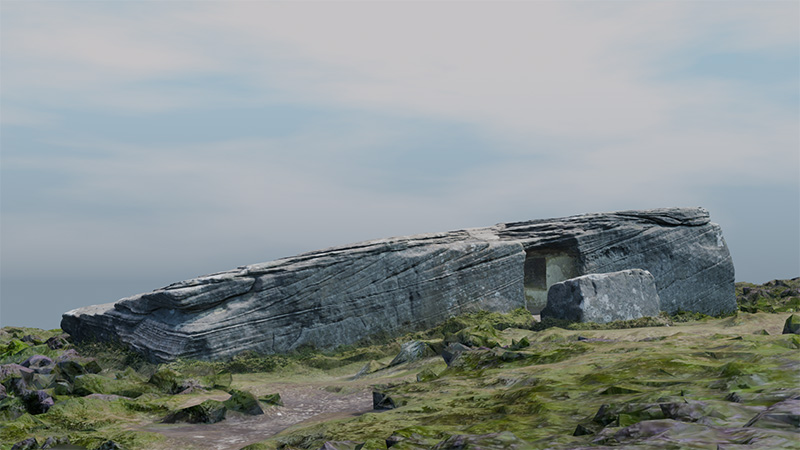
As part of my HES Traineeship, I created a 3D model of the Dwarfie Stane, a Neolithic Tomb on Hoy, Orkney Islands.
Practice for free and create models for fun!
You can use the opensource software mentioned above (Blender, Unreal Engine’s RealityScan and Unity) to also create models for fun! Online tutorials for these programmes are abundant on YouTube, and there are some great creators that help in all skilled areas. I would recommend trying these out and experimenting with different ways to make and use 3D assets. An interesting use of photogrammetric data is creating assets for games or animations, which is something I explore in my personal creative life.
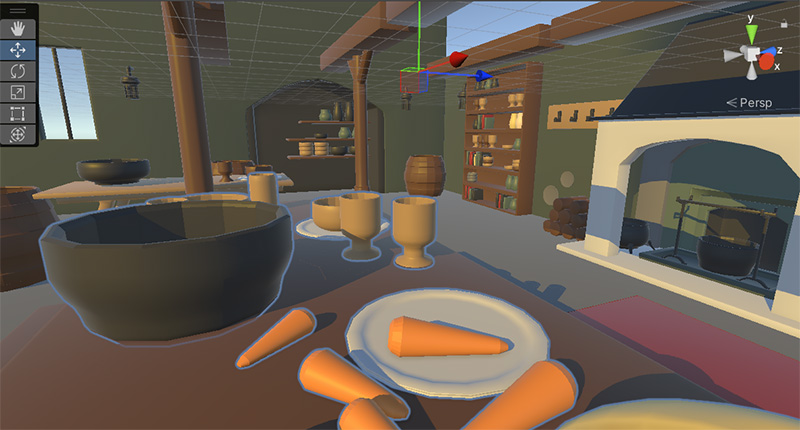
Castle Clicker – a really fun group brief that was an introduction to using Unity and C# coding language – as well as strengthening 3D modelling skills to create our own scenes and assets to be imported into Unity © Catherine Bellamy.
Now that I am a HES Digital Innovation Trainee, I want to continue growing my digital skills, to share knowledge and to support others who might be beginning their journey into digital documentation in the heritage sector.
Find out more
Catherine is our Digital Innovation Trainee as part of our Trainee and Craft Fellowship Programme.
We advertise all Craft Fellowship, Trainee and Apprenticeship vacancies on the Historic Environment Scotland website when available.
About the author:
Catherine Bellamy
Catherine Bellamy is a Digital Innovation Trainee at the Engine Shed, working jointly with Historic Environment Scotland's Digital Documentation and Innovation team and the National Trust for Scotland. She graduated in MSc Heritage Visualisation at the Glasgow School of Art and was awarded the Foulis Medal. Her traineeship explores the ways digital documentation can be innovatively applied to the heritage sector as a tool for site management, accessibility, monitoring, and more.
View all posts by Catherine Bellamy



